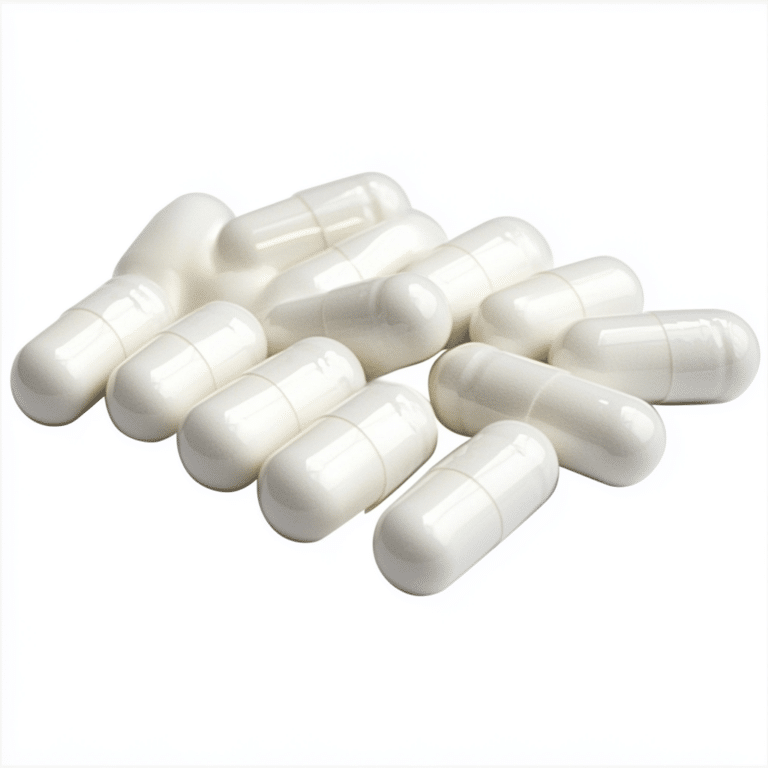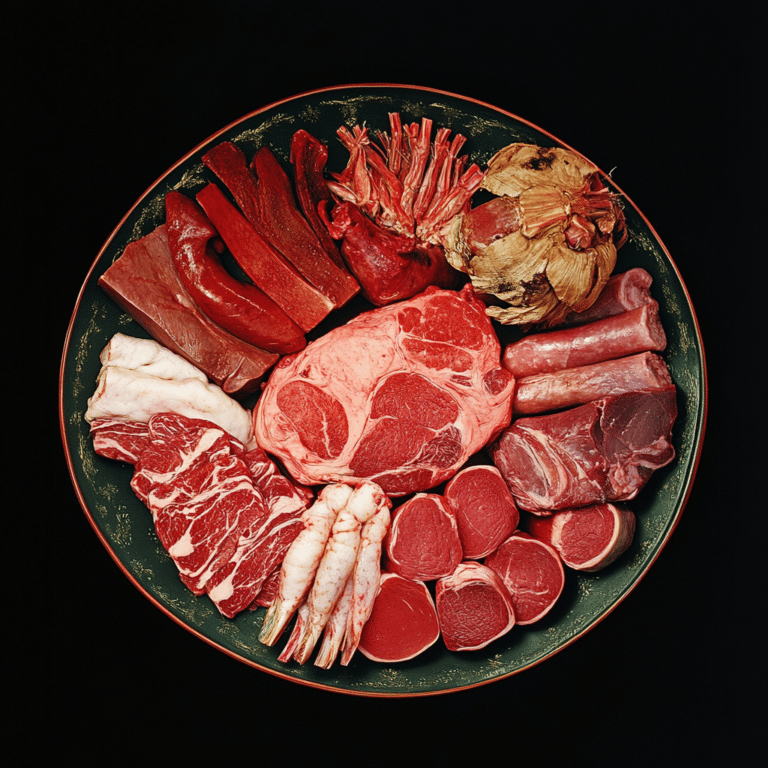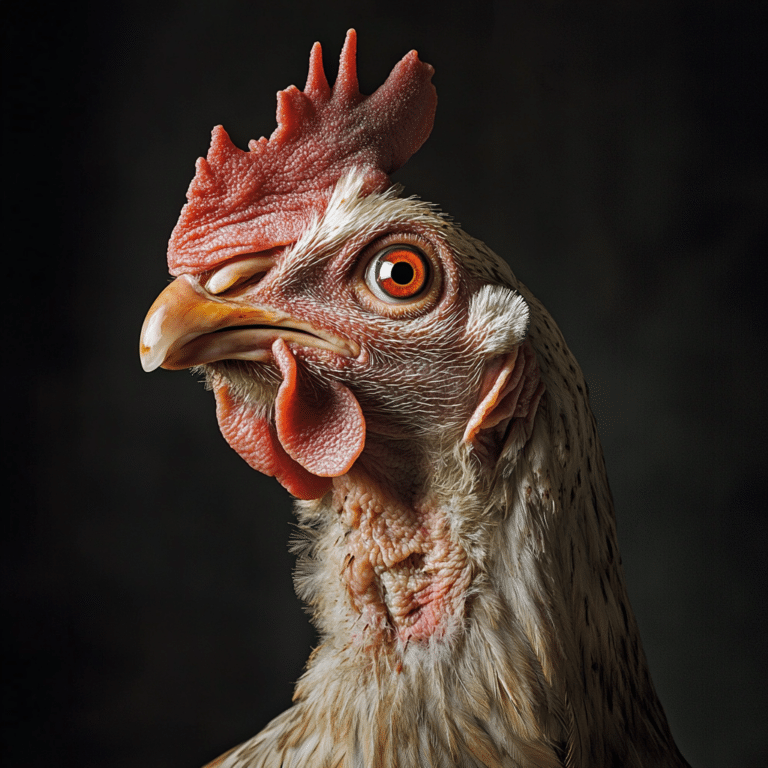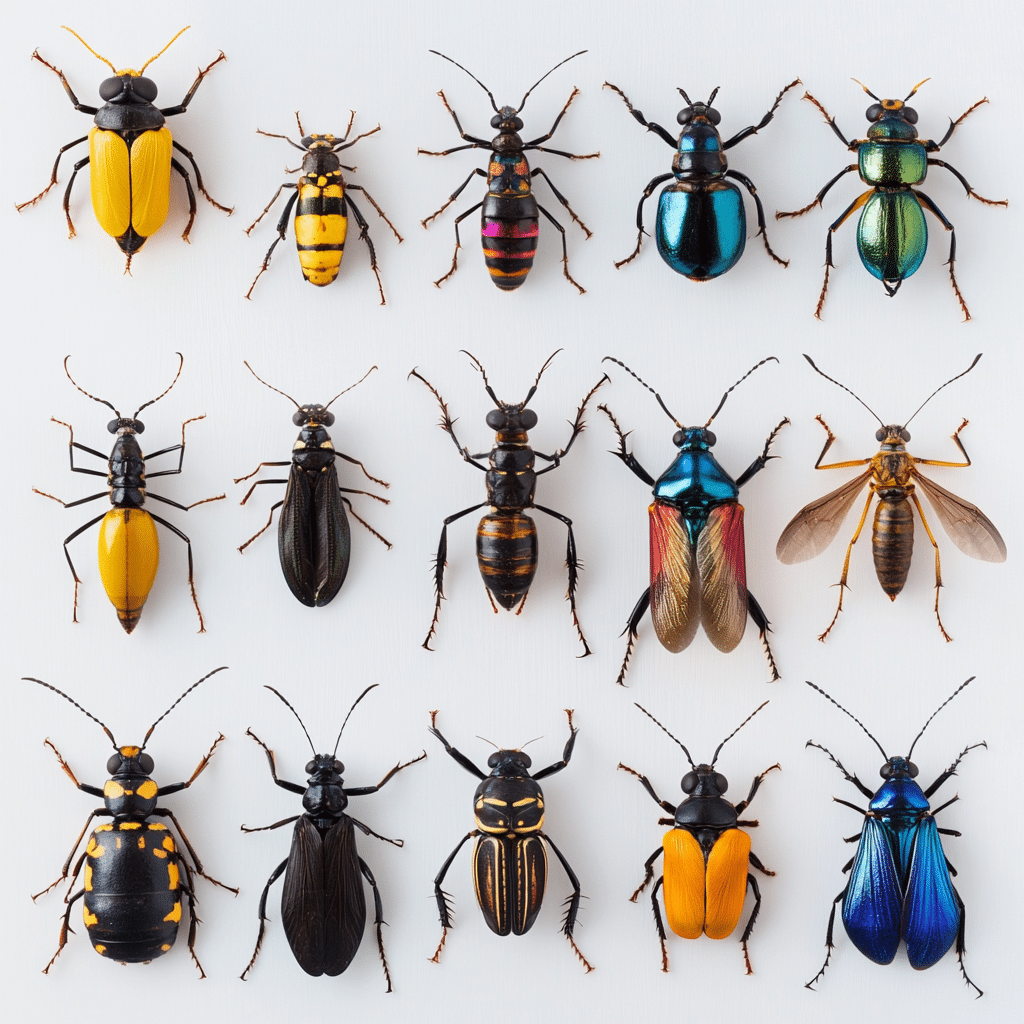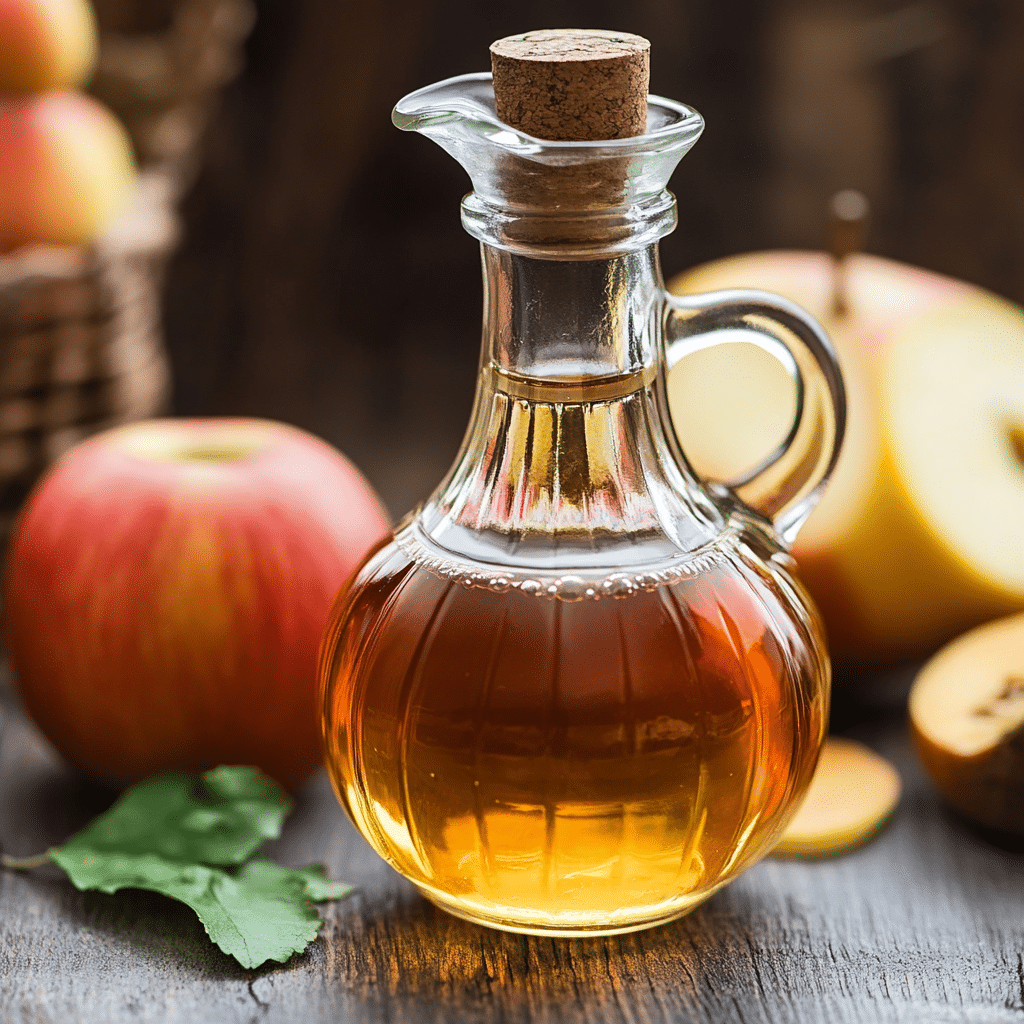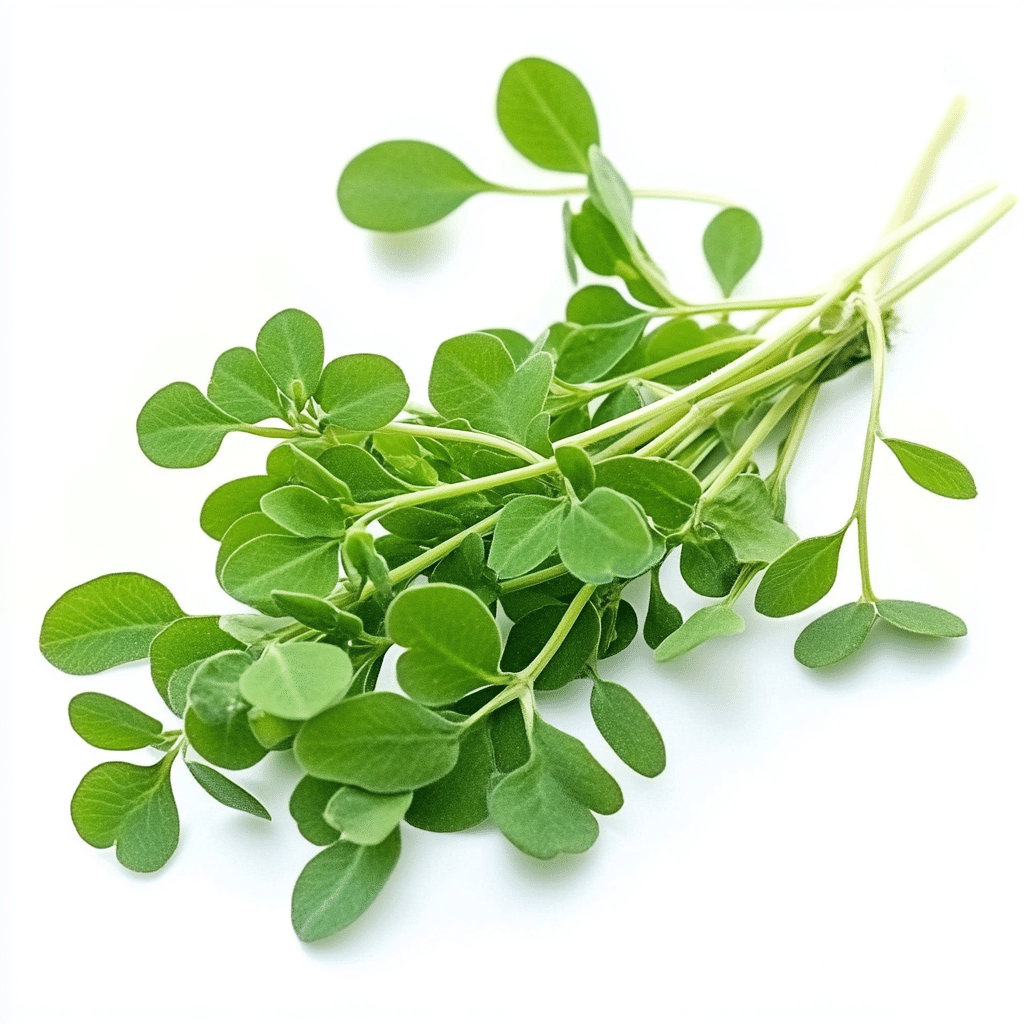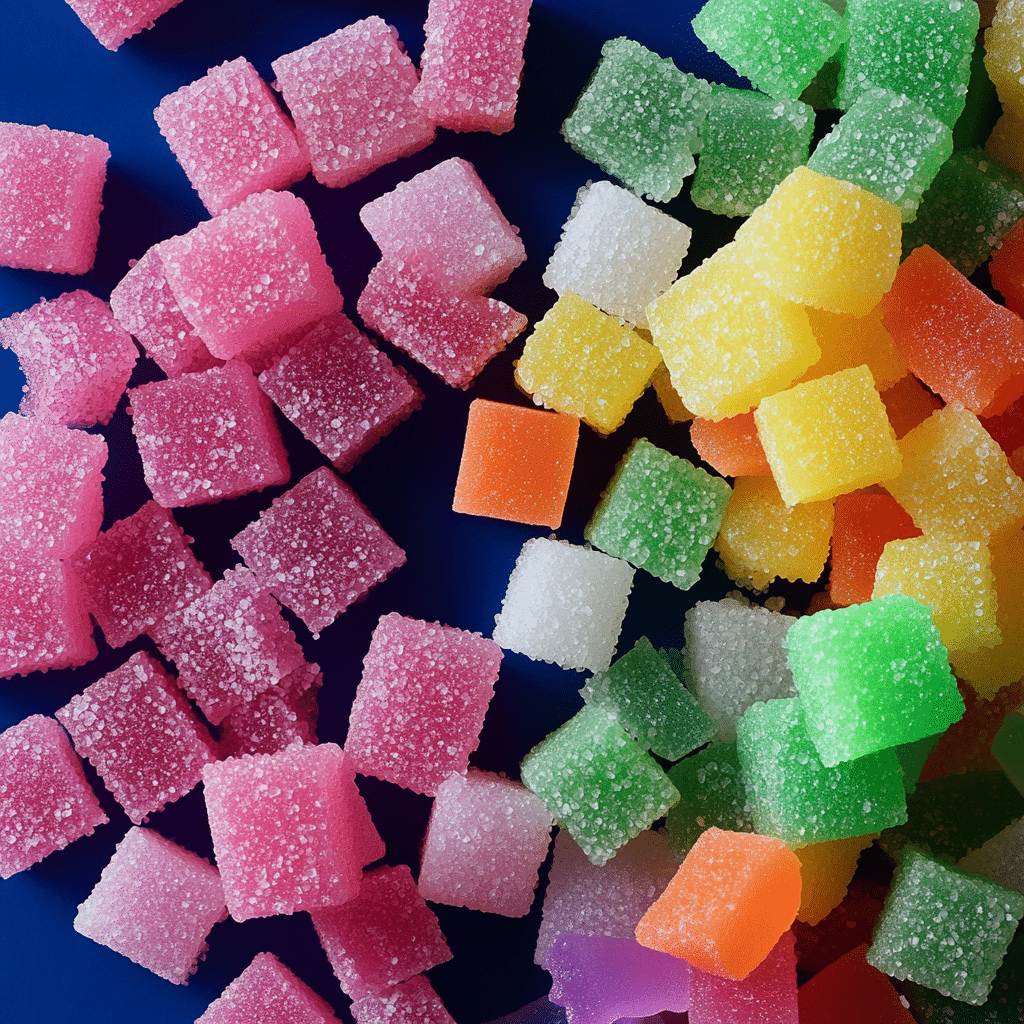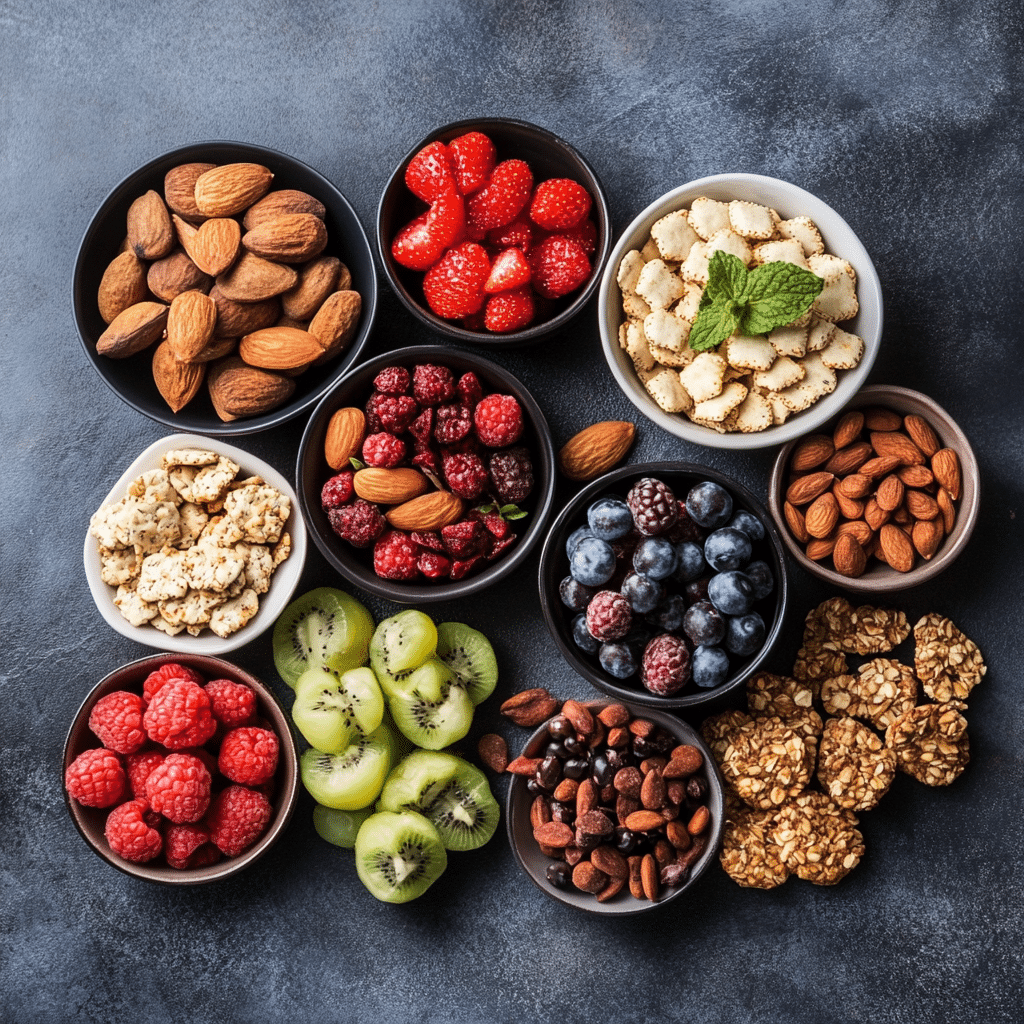Hey there, fitness warriors! Ready to unlock the potential of what you eat? Today, we’re diving deep into a sizzling topic: what is bioengineered food? You might’ve heard the term floating around, but let’s cut through the noise and get to the real deal. Bioengineered food, often known as genetically modified organisms (GMOs), involves edible products that have been altered at the genetic level for traits that are gonna make our food system stronger and healthier. Think enhanced quality, boosted yields, and crops that can withstand pests and diseases.
Now, hold onto your protein shakes because we’re gonna look at how these innovative alterations can shift what’s on your dinner plate. For instance, Bt corn—modified to express a protein from the Bacillus thuringiensis bacterium—acts as a natural insecticide. This kind of innovation in modern agriculture raises all sorts of questions, but we’re here to break it down like your favorite workout routine. Knowledge is power, and you’re about to be powerful!

The Importance of Bioengineered Food
You know how important it is to fuel your body right, right? Well, as our global population booms and climate change becomes our new reality, traditional farming is facing some heavyweight challenges. That’s where bioengineered food steps into the ring, and it’s a game-changer for all of us. Let’s break down why bioengineered food is crucial in today’s agricultural arena:
Bioengineered crops are like the bodybuilders of the agricultural world. They’re custom-built to flourish under challenging conditions, whether it’s drought or floods. Take, for example, drought-resistant maize from Monsanto. During those hot, dry periods, this crop has shown significant boosts in yield. This is essential for food security, especially in regions hit hard by climate change.
When it comes to keeping pests at bay, bioengineered foods are the champs. They incorporate natural pest resistance, reducing the need for chemical inputs. Look at herbicide-resistant soybeans! They’ve allowed farmers to manage weeds effectively with way less impact on Mother Nature. Research confirms that glyphosate-resistant varieties lead to more sustainable weed management techniques.
Now let’s address a biggie: malnutrition. Bioengineering offers solutions through fortified crops, helping bring essential nutrients to underserved areas. Golden Rice is a shining example, engineered to pump out beta-carotene to tackle vitamin A deficiency. Studies have shown it could make a real difference, especially for children and pregnant women.
Who doesn’t want to keep our planet clean? Bioengineered foods contribute to conservation efforts by promoting reduced tillage and minimizing pesticide runoff. Take Bt cotton, for example; it’s drastically decreased the need for insecticide applications, benefiting soil health and biodiversity. Evidence suggests these practices lead to farming systems that are sustainable and eco-friendly.
In the grand scheme of things, bioengineered crops aren’t just innovative; they’re also economically savvy. Farmers often see a bump in profitability because these crops lower input costs and enhance productivity. For instance, Roundup Ready® crops often allow farmers to enjoy higher net returns thanks to reduced crop protection expenses.
Meet innovation head-on! The blend of biotechnology and food science helps spice up consumer choices. Take the Arctic® apple, engineered to resist browning—this means a longer shelf life and less food waste. That kind of innovation can totally enhance your culinary experiences.
Let’s keep it real—bioengineered foods aren’t without their naysayers. Concerns about labeling, ecological impacts, and potential health risks have many folks scratching their heads. For instance, surveys show a considerable chunk of the American public is still skeptical about GMOs, which means we need to step up our game. Transparent communication and educational approaches will help clarify misconceptions about bioengineered food, reminding us of discussions like what is anthrax or does bleach kill mold.

Addressing Safety and Health Concerns
When you’re diving into what is bioengineered food, the safety of these products is a top priority. Government agencies like the U.S. Food and Drug Administration (FDA) evaluate many GMO products for safety before they hit your plate. But misinformation often stirs up doubts, just like confusion can loom around insurance terms, like what is a deductible. It’s crucial for us to stay informed and educated—and remember, knowledge dispels fear.

Future of Bioengineered Food
As we stride forward into the future, it’s clear that bioengineered food is going to play a pivotal role in how we feed the world. With research leaning toward gene editing techniques like CRISPR, the game is about to get even more interesting. These innovations promise to advance crop modifications while keeping health and safety standards in check. Plus, initiatives like the Non-GMO Project are all about creating transparency, building trust between consumers and producers.
The economic implications of this shift can dramatically enhance food accessibility and widen product variety. So as we ride this wave of change, staying educated and making informed choices will be essential. It’s akin to knowing your gym routine inside out; both are about understanding the options available and making the best decisions for your goals.

Embracing Innovation
So, what’s the bottom line? The journey of bioengineered food—from science labs to our plates—shows how agriculture is evolving in the face of challenges. While obstacles still exist, the innovative answers emerging from biotechnology demonstrate a commitment to tackling global food issues head-on. Just like your workout, discussing food production should focus on informed decisions rather than fear. Embracing bioengineered foods can be a way to enjoy the rewards of a sustainable future. So, step into the future with confidence—fuel your body smartly, and let’s crush those goals together!
Let’s Get Shredded!
As you consider your next meal or that post-workout protein shake, think about the science behind your food. Whether it’s discussing what is bioengineered food or examining what’s on your plate, remember that knowledge is your greatest ally. So, share this article, spread the buzz, and let’s get more informed about what we eat! Together, we can make moves towards a healthier, stronger world.
You’ve got this! Keep pushing, stay educated, and most importantly—get shredded!

What is Bioengineered Food?
When we dive into the question of what is bioengineered food, we discover a fascinating intersection of science and agriculture. Bioengineered food involves altering the genetic makeup of plants and animals to enhance traits like yield, disease resistance, and nutritional value. This is all done to meet the growing global demand for food as populations rise. For instance, certain modifications can potentially increase the amount of protein in crops, making them more nutritious—a handy benefit when you consider that eggs Calories can vary widely, depending on preparation and portion size.
The Role of Technology
Advancements in biotechnology haven’t just improved crop resilience; they’ve also made food production more efficient. Interestingly, some genetically modified crops can withstand harsh weather conditions. Take chayote, for instance. It’s a versatile vegetable that can adapt to various climates, making it an excellent crop choice if you’re exploring the realm of bioengineered food. With proper engineering, its growth could be optimized further to ensure better harvests. Plus, it’s a prime example of how science gives us new avenues for nutrition in our diets.
Benefits and Concerns
Now, bioengineered food isn’t without its controversy. Some people worry about their health effects or the environmental impact. It’s important to weigh these concerns while also recognizing that certain bioengineered foods could help address food scarcity and affordability issues, similar to how a personal loan no origination fee can offer financial relief when you need it. The balancing act between innovation and safety isn’t just a buzzword; it’s part of an ongoing dialogue in agriculture. Likewise, conditions like vulvar pain may lead individuals to seek alternative remedies, underscoring the need for diversified solutions in health and wellness, as seen in bioengineering.
So, the next time you bite into a meal, remember there’s a whole world of science behind what you eat. As we explore these advancements, we can also look forward to future seasons of innovation, similar to the excitement fans felt during the watcher season 2. Bioengineered foods have the potential to revolutionize our diets, making them healthier and more sustainable—talk about a conversation starter at your next dinner party!




